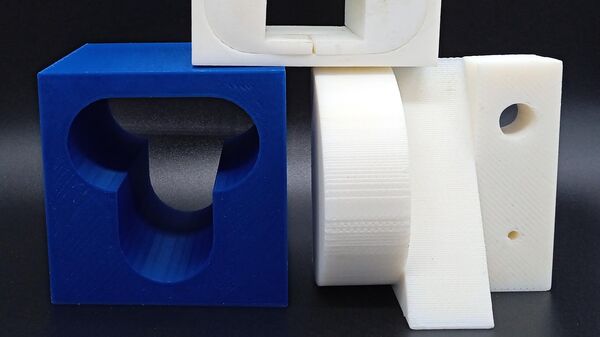
MOSCOW, December 15. Tomsk Polytechnic scientists proposed to 3D print individual polymer devices that distribute the dose of electrons during radiation therapy. According to the authors, the development will make it possible to quickly and efficiently irradiate tumors with minimal impact on healthy tissue, which will increase the effectiveness of treatment. The research results were published in the scientific journal Nuclear Instruments and Methods in Physics Research Section A: Accelerators, Spectrometers, Detectors and Associated Equipment.
Today, radiation therapy is one of the main methods of treating malignant tumors, said scientists from Tomsk Polytechnic University (TPU). Electron irradiation of tumors gives good therapeutic results by controlling the depth of penetration of particles and the position of the maximum radiation dose, which significantly reduces radiation damage to healthy tissue.
The standard package of irradiation installations includes a set of special devices — applicators for forming an electron beam, which allow creating only square or round fields of a given size with a uniform dose distribution over depth.
In an aquatic environment, standard three-dimensional The electron beam dose distribution resembles a parallelepiped. However, the organs and tissues of the human body, due to different densities, distort the ideal distribution of the beam. The same thing happens when irradiating malignant tumors, which also have an irregular shape and are surrounded by healthy tissue.
TPU scientists set themselves the task of achieving maximum irradiation of the tumor and minimal impact on healthy tissue when irradiated with electron beams. To do this, it was necessary to create a device that would allow the formation of a transverse beam distribution close to the shape of the tumor, and take into account the individual anatomy of the patient in order to create the desired depth distribution.
«»In fact, it is necessary to completely close somewhere, and partially absorb somewhere the «ideal» rectangular irradiation field. For this, individual forming devices are used. Our proposed solution is to use modern achievements of three-dimensional printing for the manufacture of such devices. This will increase the speed and the accuracy of their creation,” said Irina Miloichikova, associate professor of the Scientific and Educational Center for International Nuclear Education and Career Support for International Students of TPU.
According to her, the use of products printed using the layer-by-layer deposition method actually made it possible to change the shape of the electron irradiation field, both in cross section and in depth. Thus, the development made it possible to achieve an integrated approach to the volumetric formation of the electron beam dose individually for each patient.
“Existing approaches to the manufacture of forming devices are based on cutting or melting metal, which imposes significant restrictions on use in daily medical practice, as it requires specialized premises, equipment and personnel,” noted Miloichikova.
The use of the proposed polymer products, according to TPU researchers, will make it possible to quickly and efficiently solve clinical problems of delivering the maximum radiation dose to the tumor and minimizing the impact on healthy surrounding tissues and increase the effectiveness of treatment methods using electron beams.
In the future, scientists plan continue research into new possibilities for using three-dimensional printing for the manufacture of forming devices. They will look for new unique materials and use the proposed method for other types of radiation used in radiation therapy.
The work was financially supported by a grant from the Russian Science Foundation, project No. 19-79-10014-P.

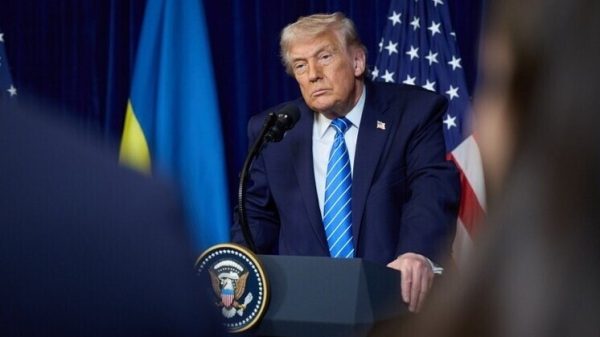
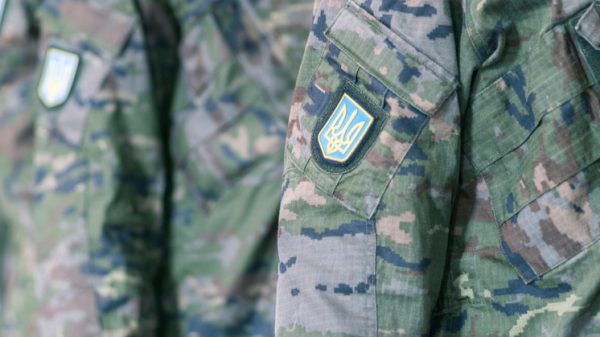
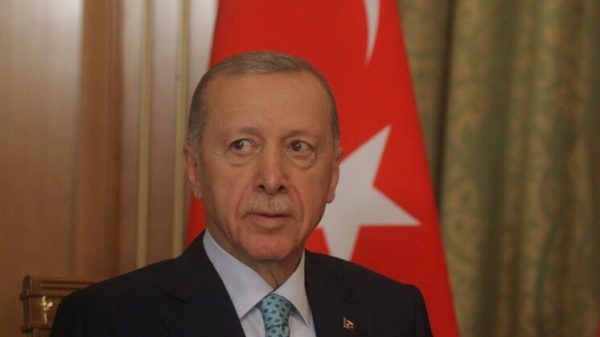
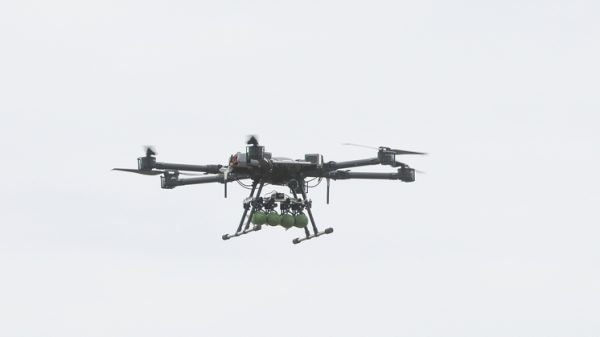
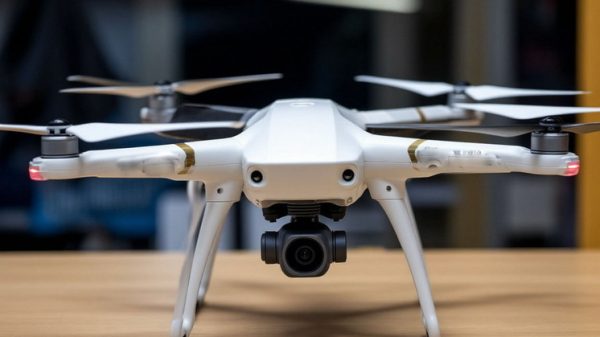



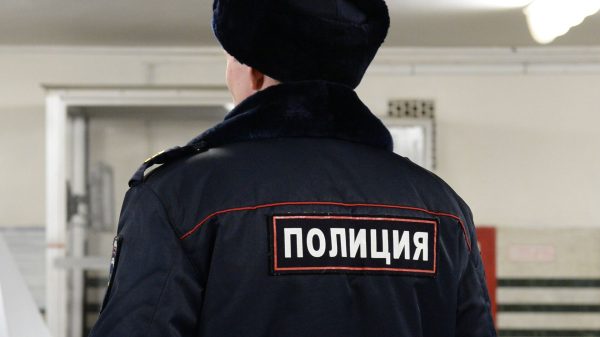
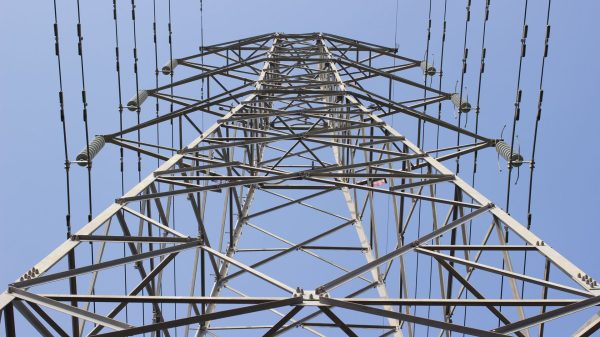
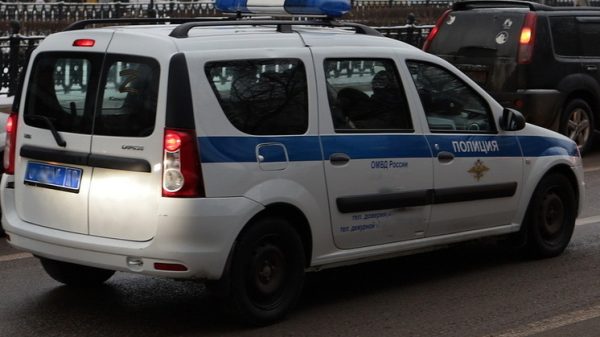
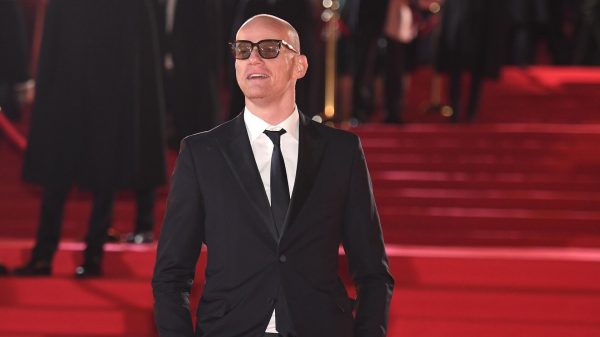


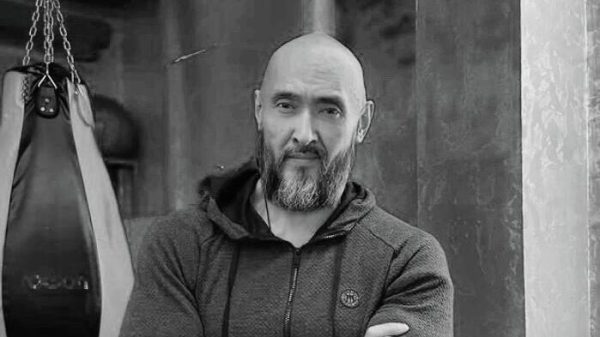





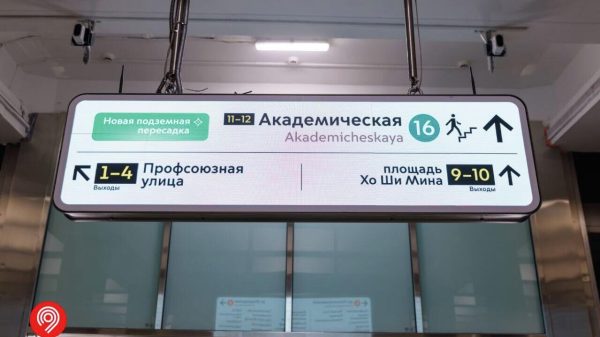

















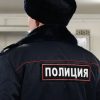


















Свежие комментарии